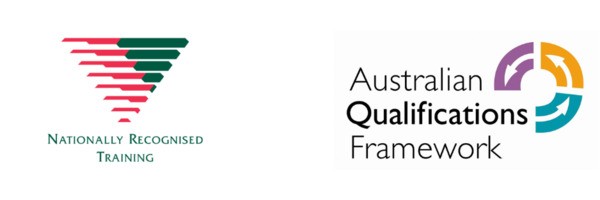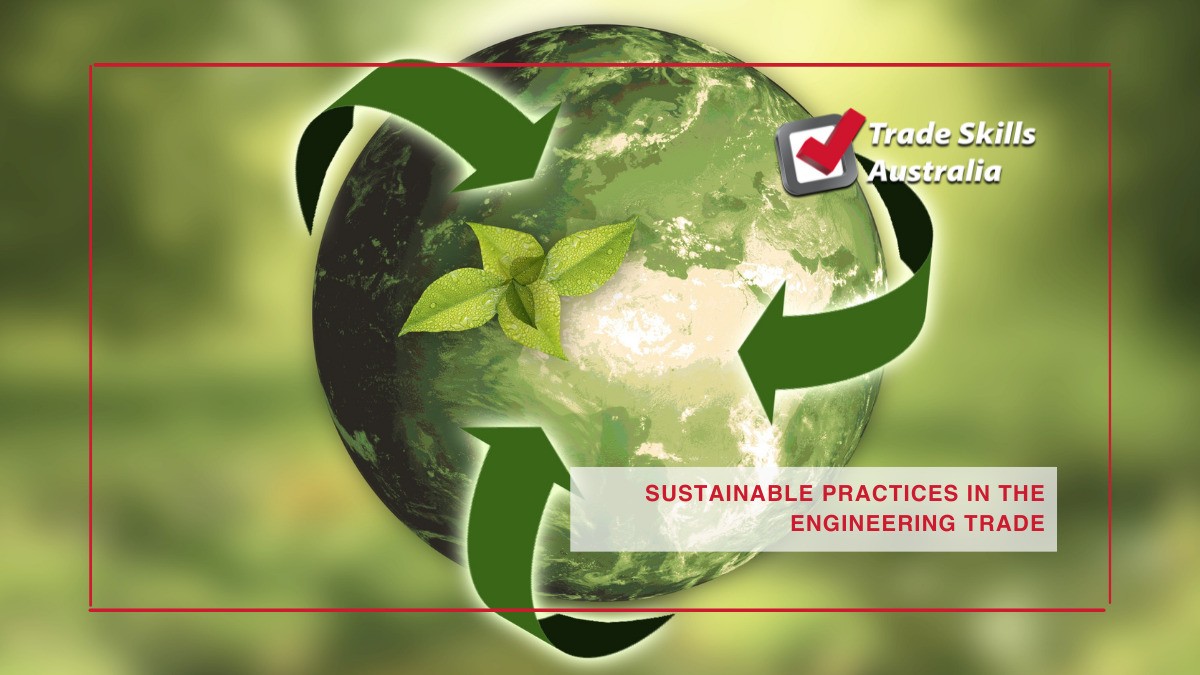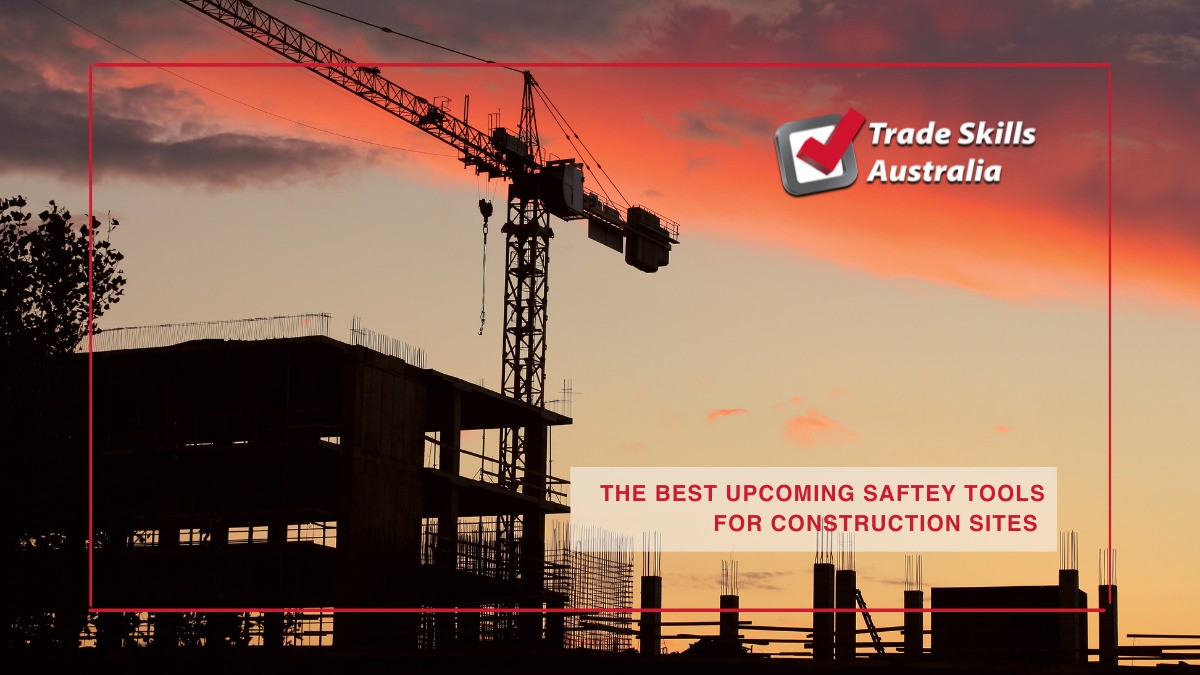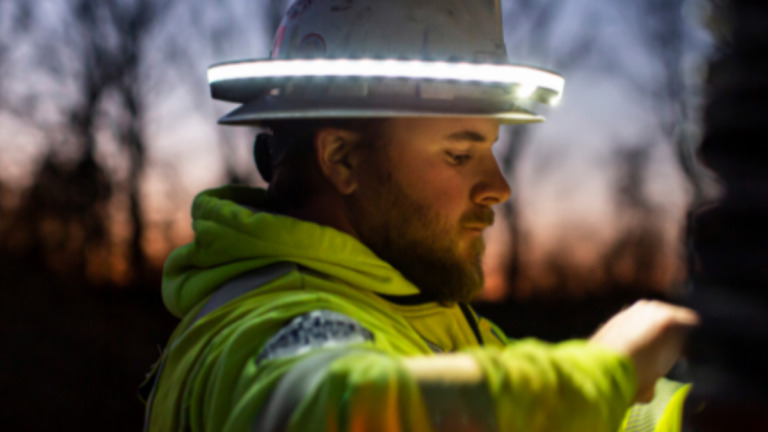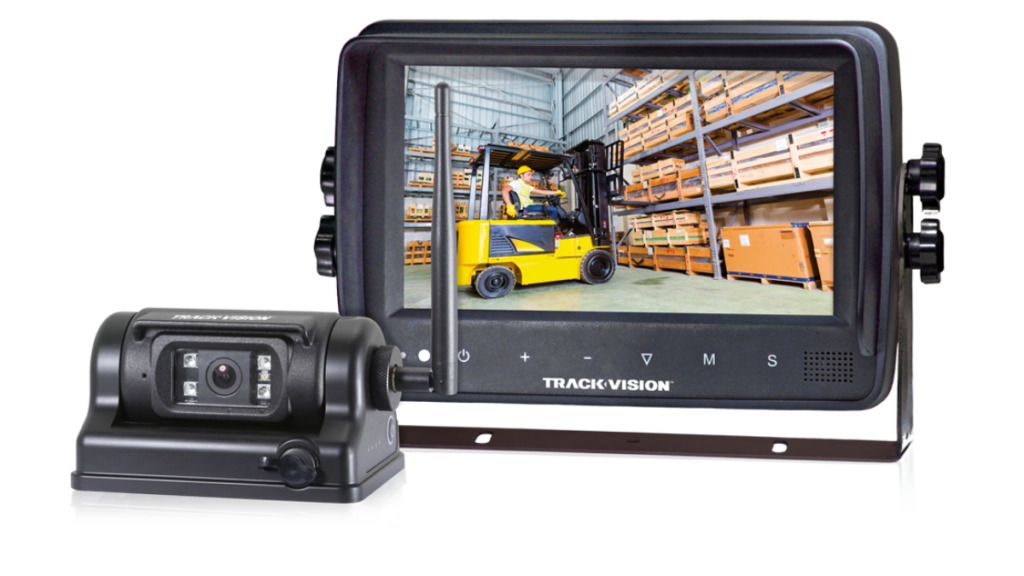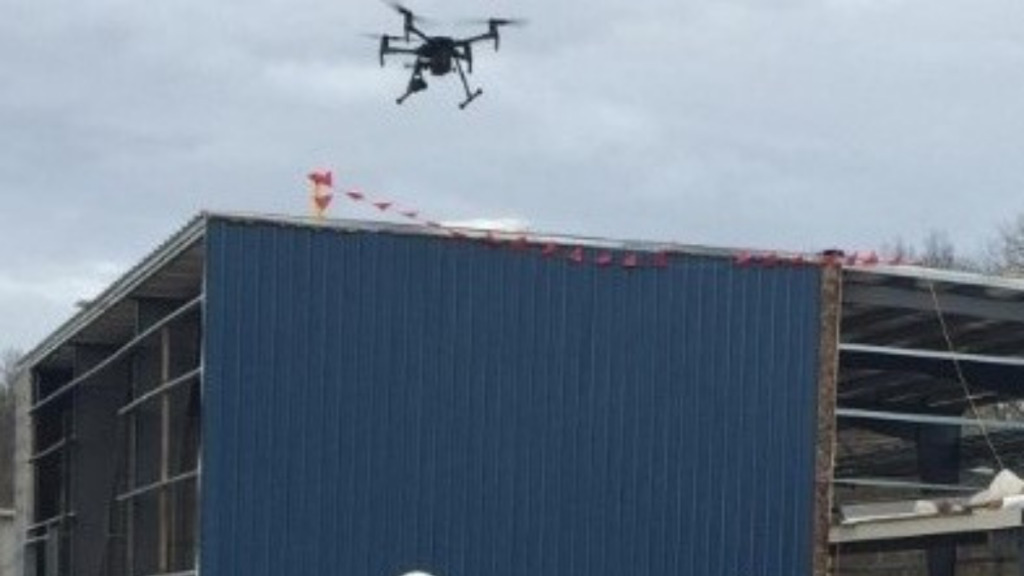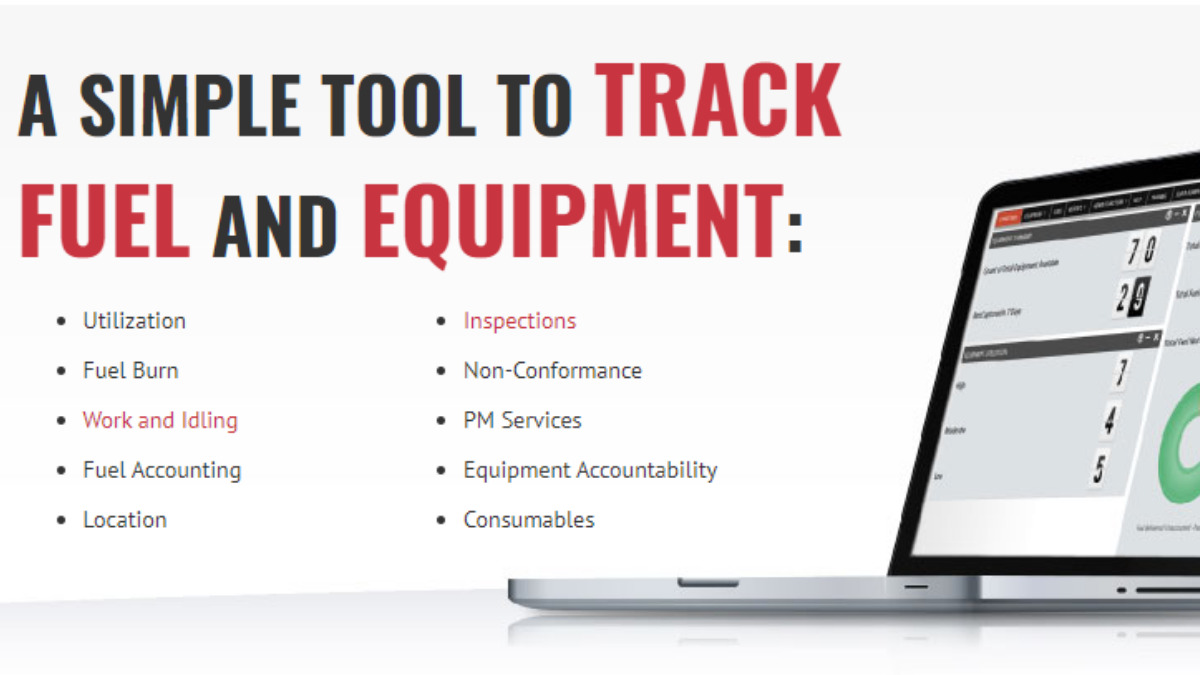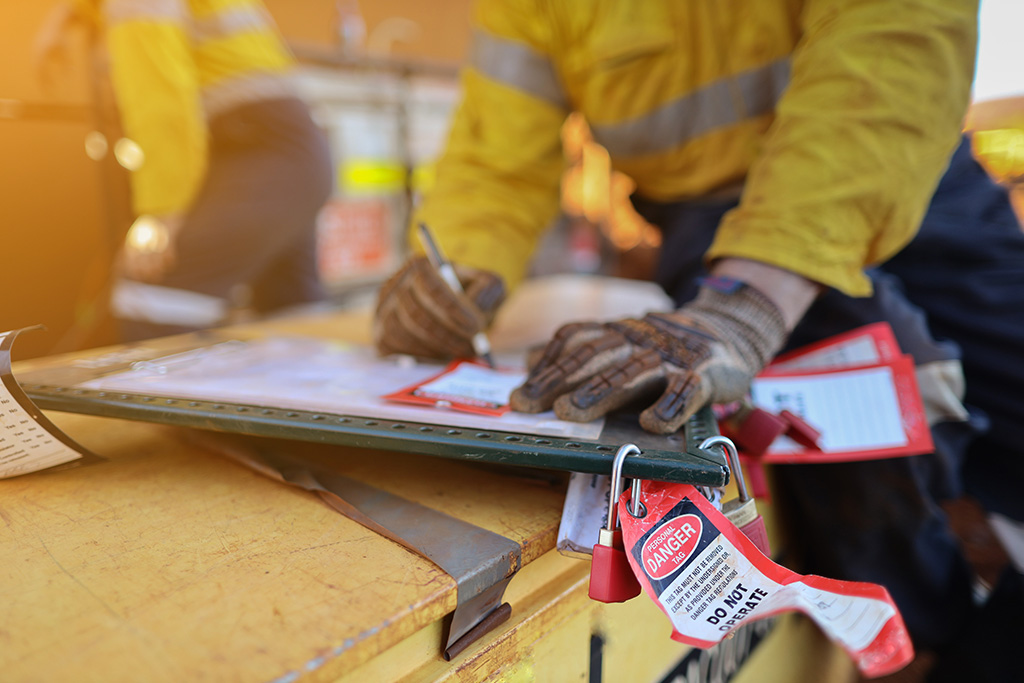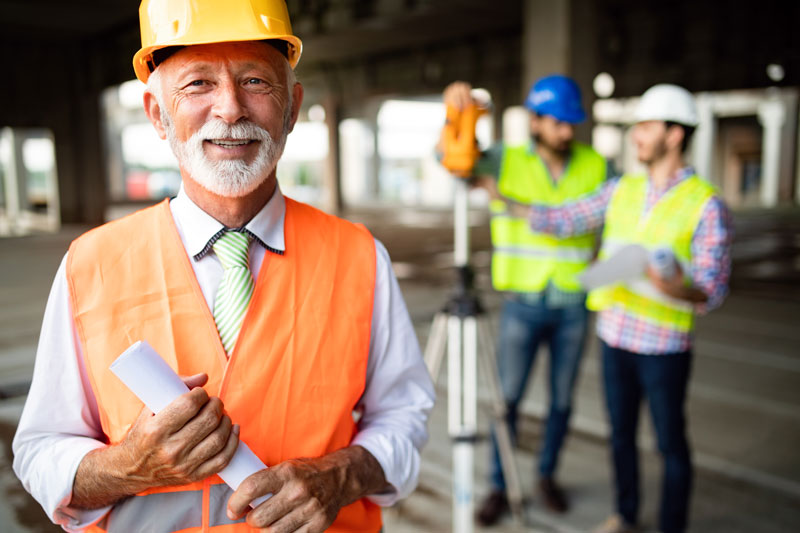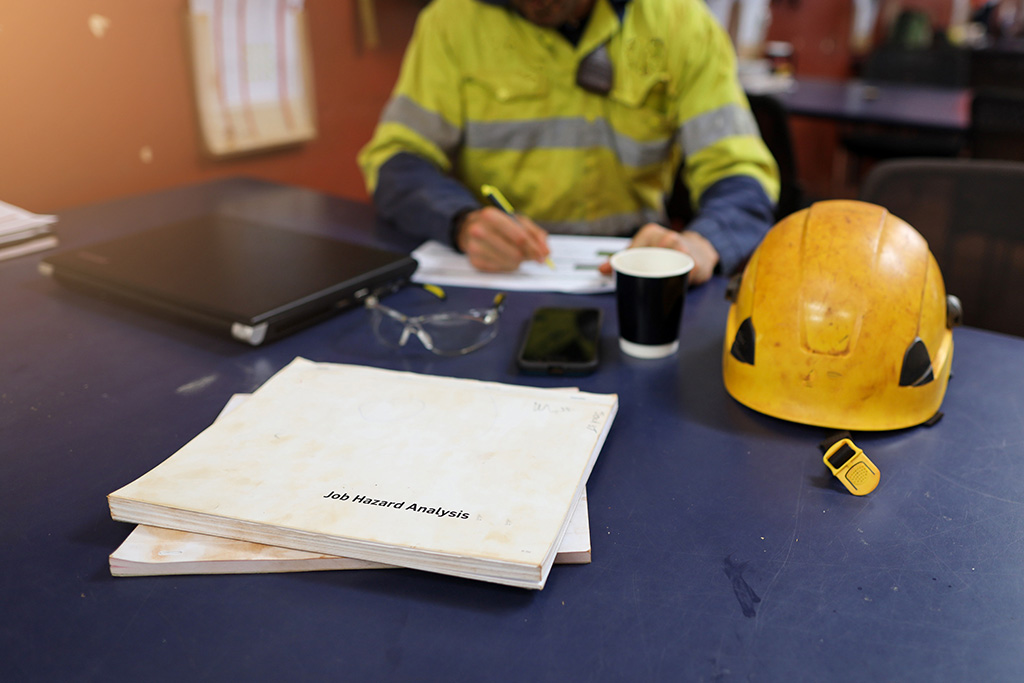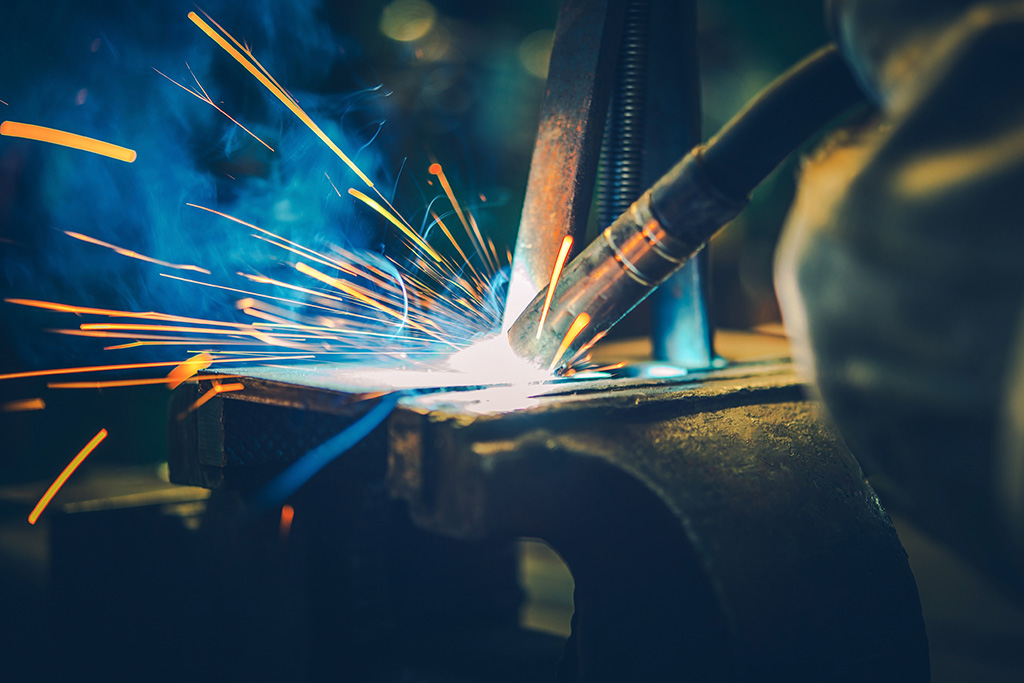We want you to gain all the recognition of prior learning you can for your on the job skills through an intensive skills assessment so that you have certification for your skills and knowledge. We have a set price for Cert Engineering 3 and 4, respectively, and you can download our fees and pricing structure, or you can contact us if you require more information on our process or certification.
Sustainable Practises in the Engineering Trade
OUR RESOURCES
Sustainable Practises in the Engineering Trade
With sustainability such a hot topic in the world right now, especially when it comes to the mining and engineering industry, people are wondering how those industries plan on making their practices more sustainable?
In December 2021, energy giant Worley announced that it is pivoting to a high value solutions provider with a major focus on sustainability.
They further highlighted their key aspirations, which focused heavily on “fostering an inclusive, safe, inspirational and innovative workplace as well as committing to reaching net zero scope one and two emissions by 2030 played a key role”, according to an article by oil and gas today.
Whilst Worley’s current low- carbon energy sources come from nuclear power and integrated gas, the company aspires to expand this to include low-carbon hydrogen, power networks and renewable energy.
Investing in carbon capture use and storage and green hydrogen is also on the companies agenda.
And they aren’t the only company trying to minimise their carbon footprint by implementing greener strategies.
Mining giant BHP are also trying to improve their impact on the environment by exiting the oil and gas industry. This is a huge step for this company, as they are one of the world’s largest resource companies.
They have made a $40 billion deal with Woodside Petroleum to offload it’s entire oil and gas portfolio. This merger will include BHP’s entire petroleum division across Australia, North Africa and the Americas.
The merger is expected to be completed by June 2022, but is still awaiting approval by shareholders.
When asked for a quote on the demand for the industry to make greener choices, Trade Skills Australia’s Compliance, Sales and Marketing Director Layke Rossiello said “Innovation is a key to success in the current changing climate of the engineering trades workers. With these new construction projects, and new approaches to minerals in general, there’s no shortage of need for all of the engineering trades across Australia. Tradies that think outside the square and bring their own green practices to their work environment would certainly be looked upon favourably when they’re ready to enter the job market for their completed qualification”.
Are you looking to get your trade certification? Trade Skills Australia can help. We can help you gain your Mechanical trade certificate, and a vast variety of other qualifications via RPL, to help you get your dream job.
Want to read more? Head over to the articles section on our website for more interesting reads.
Is it time to get the job you want with the qualification you need? Contact us and find out how we can help you today!

